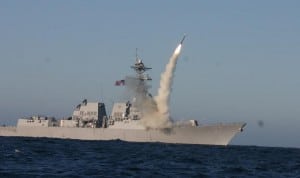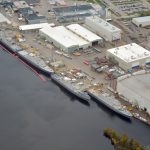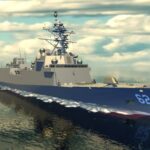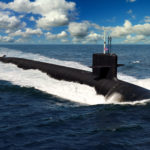
The Navy, which is studying options for a Next Generation Land Attack Weapon (NGLAW), plans to complete the review by March 2018, according to Naval Air Systems Command (NAVAIR).The study, or analysis of alternatives (AoA), began in the first quarter of fiscal year 2017 and could lead to a replacement for the Raytheon [RTN] Tomahawk cruise missile.“Results of that AoA will be assessed by Navy leadership and help inform decisions going forward,” NAVAIR spokeswoman Jamie Cosgrove said April 19.In an…

 By
By 











